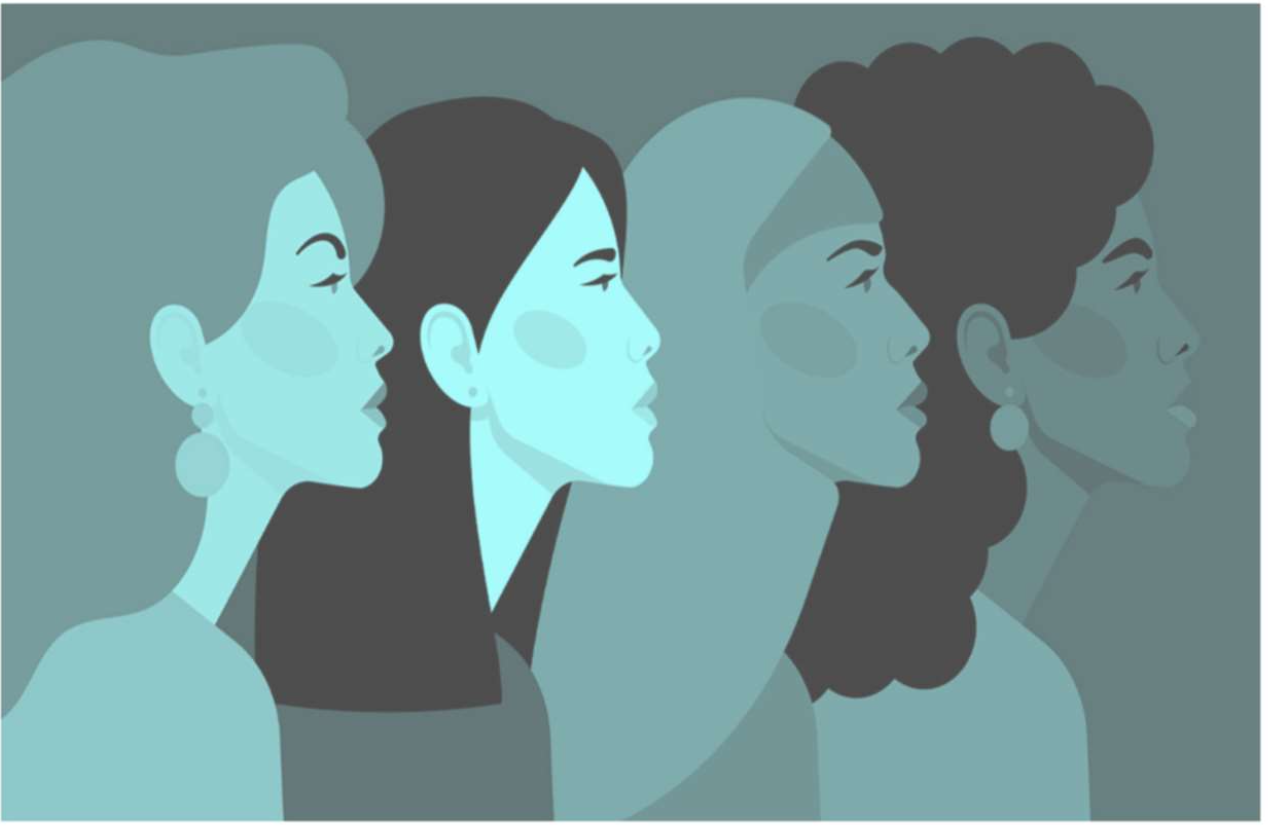FOR IMMEDIATE RELEASE
October 8, 2021
Contact: William Lutz | lutz@iwpr.org |
Jobs Report Shows First Decline in Payroll Employment for Women Since December 2020
Washington, DC – This month’s jobs report from the Bureau of Labor Statistics (BLS) continues to show that America’s women face enormous challenges returning to the labor force following the pandemic. The report shows overall September job growth of just 194,000, but that women’s payroll employment actually declined for the first time since December 2020.
“Job growth may be stagnant overall, but the situation is worse for women. Women’s payroll employment actually declined in September, once again highlighting the enormous challenges women face as they return to the workforce post-pandemic,” said C. Nicole Mason, President and CEO of the Institute for Women’s Policy Research. “This was the first decline in women’s payroll employment since December 2020 showing that our ‘she-cession’ is far from over.”
Today’s data show that men’s jobs on payroll increased by 220K while women’s fell by 26K and that women are still 2.9 million jobs below pre-COVID-19 levels, while men are 2.1 million below. It also shows an overall decline in labor force numbers for women by 309,000 while men’s increased by 182,000 since the beginning of September and the new school year. Black women’s numbers dropped by 38,000, Latinas by 62,000, and White women by 238,000. Numbers for Asian women increased by 40,000.
The decline in labor force numbers was particularly dramatic for women in the age group most likely to have school-age children. In September alone, the number of women ages 25 to 44 in the labor force dropped by 291,000, more than eight times as much as the decline for men in the same age group (32,000).
The data also show a fall in the rate of unemployment for adult women from 4.8 to 4.2 percent, but this is due to more women leaving the labor force as opposed to job growth. Unemployment fell for adult women across racial and ethnic groups, for Asian women (unadjusted) from 4.2 to 3.4%, Black women from 7.9% to 7.3%, Latinas from 6.0% to 5.6%, and White women from 4.2% to 3.7%.
The risk of unemployment continues to vary strongly by race and ethnicity. Black adult women’s unemployment is twice as high as White women’s, and Latinas’ 1.5 times higher.
“Women face tremendous headwinds as they try to reenter the workforce post-pandemic,” said Mason. “But women are also clearly taking a second look at the role of work in their lives, including what they expect from employers and the flexibility they need in the workplace. It will take time to see how women navigate what is hopefully a waning pandemic and what that means for their jobs and careers.”
IWPR analysis of the Bureau of Labor Statistics report was provided by C. Nicole Mason, Ariane Hegewisch, Chandra Childers, Shengwei Sun, and Eve Mefferd.
###
The Institute for Women’s Policy Research strives to win economic equity for all women and eliminate barriers to their full participation in society. As a leading national think tank, IWPR builds evidence to shape policies that grow women’s power and influence, close inequality gaps, and improve the economic well-being of families. Learn more at IWPR.org and follow us on Twitter.



